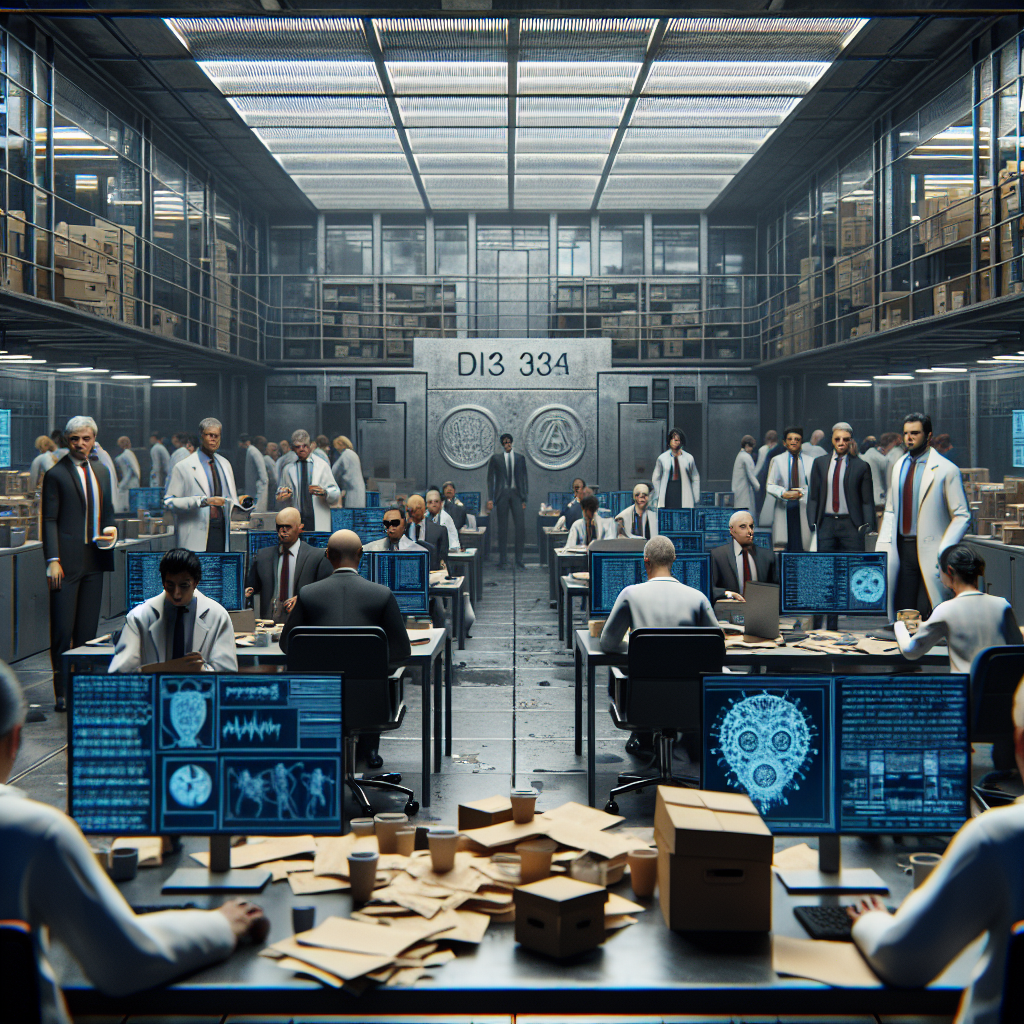Firings at FDA Decimated Teams Reviewing AI and Food Safety
In recent reports, it has come to light that the U.S. Food and Drug Administration (FDA) has experienced significant layoffs that have had a profound impact on teams responsible for crucial areas such as artificial intelligence (AI) and food safety. As the FDA plays a pivotal role in ensuring public health through strict regulation and oversight of food products and medical technologies, these changes raise serious concerns about the agency’s ability to effectively carry out its responsibilities.
The Context of the Layoffs
The context of these layoffs stems from broader shifts within the FDA, likely influenced by changes in budget allocations and political pressures. As the agency adapts to the evolving landscape of technology and public health threats, the decision to downsize key teams has sparked debates about the future of food safety and the role of AI in regulatory processes.
Historically, the FDA has been at the forefront of regulating food safety practices, ensuring that products meet safety standards and that consumers are protected from potential hazards. In recent years, the integration of AI into this regulatory framework has been seen as a potential game changer, offering new tools for monitoring and assessing the safety of food products. However, the recent firings have raised questions about the agency’s commitment to leveraging these advancements effectively.
The Impact on Food Safety Regulations
The layoffs have significantly impacted the teams dedicated to evaluating AI tools that could enhance food safety regulations. These teams were instrumental in researching and implementing AI technologies designed to predict foodborne illness outbreaks, improve inspections, and streamline compliance processes for food manufacturers.
Without these specialized teams, the FDA may face challenges in keeping up with the rapid advancement of food technology. As food safety threats evolve, the lack of dedicated personnel to assess and integrate AI solutions could lead to increased risks for consumers. The successful application of AI in food safety relies heavily on expert knowledge and regulatory oversight—two areas likely compromised by these layoffs.
Furthermore, the layoffs come at a time when public awareness of food safety is at an all-time high. In recent years, high-profile foodborne illness outbreaks have increased scrutiny on the FDA, with many calling for stronger oversight and advanced technologies to ensure food products are safe. The downsizing of teams dedicated to these critical areas could hinder the FDA’s ability to respond effectively to public health threats.
Challenges in AI Implementation
The effective implementation of AI in any field demands not only technological infrastructure but also human expertise. The individuals within the FDA who were responsible for assessing AI tools brought a wealth of knowledge that is irreplaceable. Their understanding of both technology and regulatory requirements was essential for ensuring that AI applications were compliant with safety standards and could be seamlessly integrated into existing processes.
With the recent firings, there is a growing fear that the FDA may become overly reliant on external consultants or third-party vendors to fill the gaps left by these experts. This shift may result in a lack of accountability and transparency, ultimately jeopardizing the safety of food products on the market. Industry stakeholders, including food manufacturers and consumer advocacy groups, have expressed concerns that the FDA’s weakened capacity to conduct thorough evaluations of AI tools may lead to increased risks in food safety.
The Repercussions on Public Trust
Public trust in the FDA is critical for the agency’s effectiveness. The recent layoffs could negatively impact public perception, as consumers may fear that the safety net provided by the FDA is weakening. As foodborne illnesses can have severe health implications, the perception that the agency is not adequately equipped to manage food safety could lead to increased public anxiety and diminished confidence in food products.
Moreover, the public’s understanding and acceptance of AI in regulatory processes depend on transparency and trust in the agency overseeing these technologies. If consumers perceive that the FDA is unable to adequately evaluate AI tools, they may be less willing to embrace innovations that could enhance food safety. Building this trust requires clear communication and a demonstrated commitment to maintaining robust oversight—elements that may be challenging in the wake of recent layoffs.
The Future of FDA and AI
As the FDA grapples with the implications of these layoffs, the future of AI in food safety remains uncertain. The agency must find a way to rebuild its teams and restore its capacity to evaluate emerging technologies. This may require not only rehiring but also investing in training programs to ensure that current employees are equipped with the necessary skills to navigate the complexities of AI applications in food safety.
Furthermore, collaboration with industry leaders and academic institutions may provide valuable insights and external expertise to support the FDA’s mission. Engaging with stakeholders in this manner could enhance the agency’s ability to remain at the forefront of food safety innovations while also addressing any gaps left by the recent firings.
Conclusion
The recent firings at the FDA have raised significant concerns regarding the agency’s ability to effectively oversee AI integration and food safety practices. As the landscape of food safety continues to evolve, it is imperative that the FDA prioritizes rebuilding its specialized teams and strengthening its oversight capabilities.
Public confidence in food safety is paramount, and the FDA must navigate these changes thoughtfully to ensure that it remains a trustworthy guardian of public health. The integration of AI technologies presents an opportunity for the FDA to enhance its capabilities, but this will only be possible with a robust workforce dedicated to evaluating and implementing these innovations. As the agency charts its path forward, the implications of these recent layoffs will undoubtedly be a critical factor in shaping the future of food safety in the United States.
By proactively addressing these challenges and embracing the potential of AI, the FDA can work to restore public trust and ensure that food safety remains a top priority in an increasingly complex regulatory environment.



